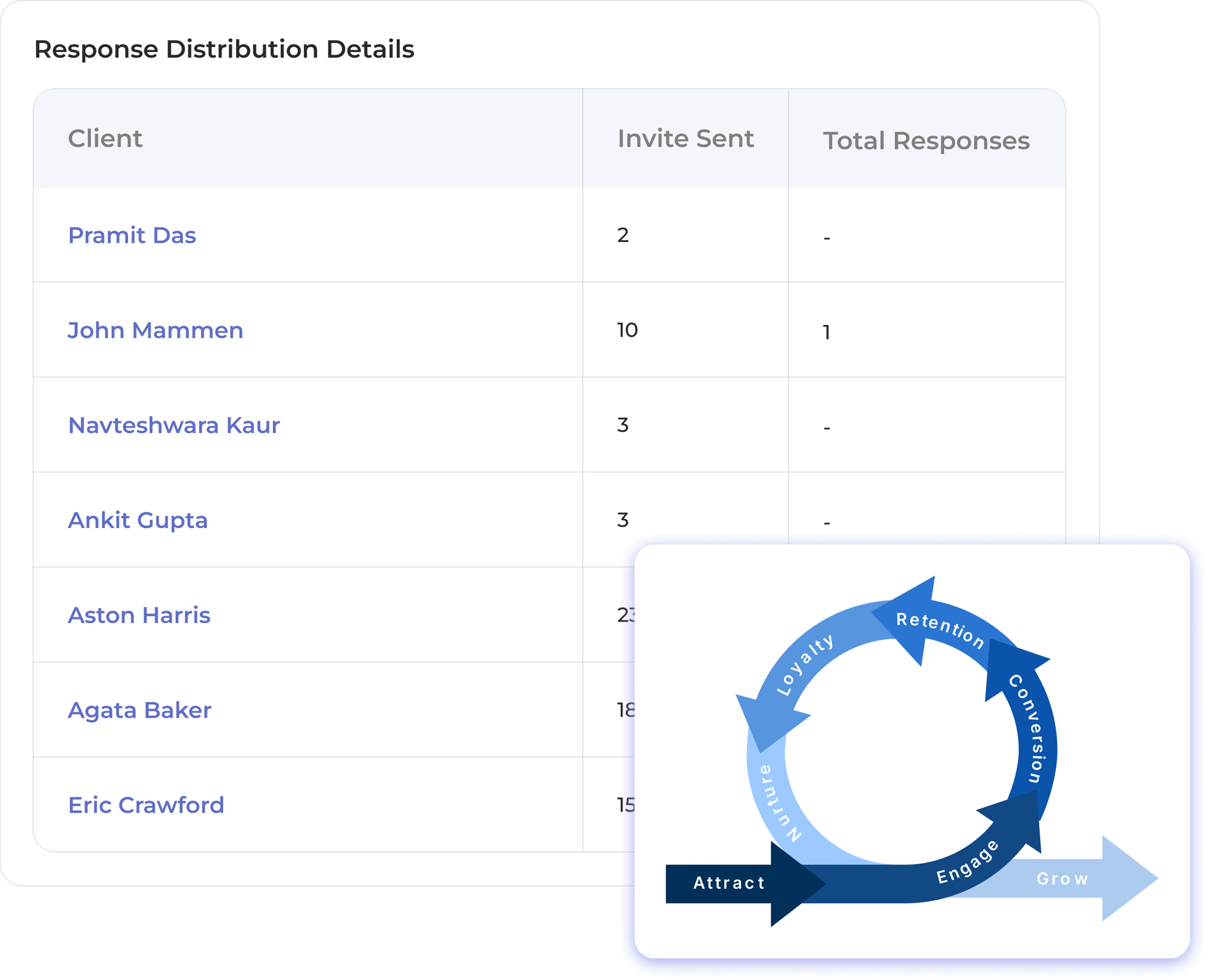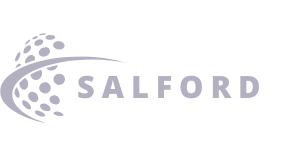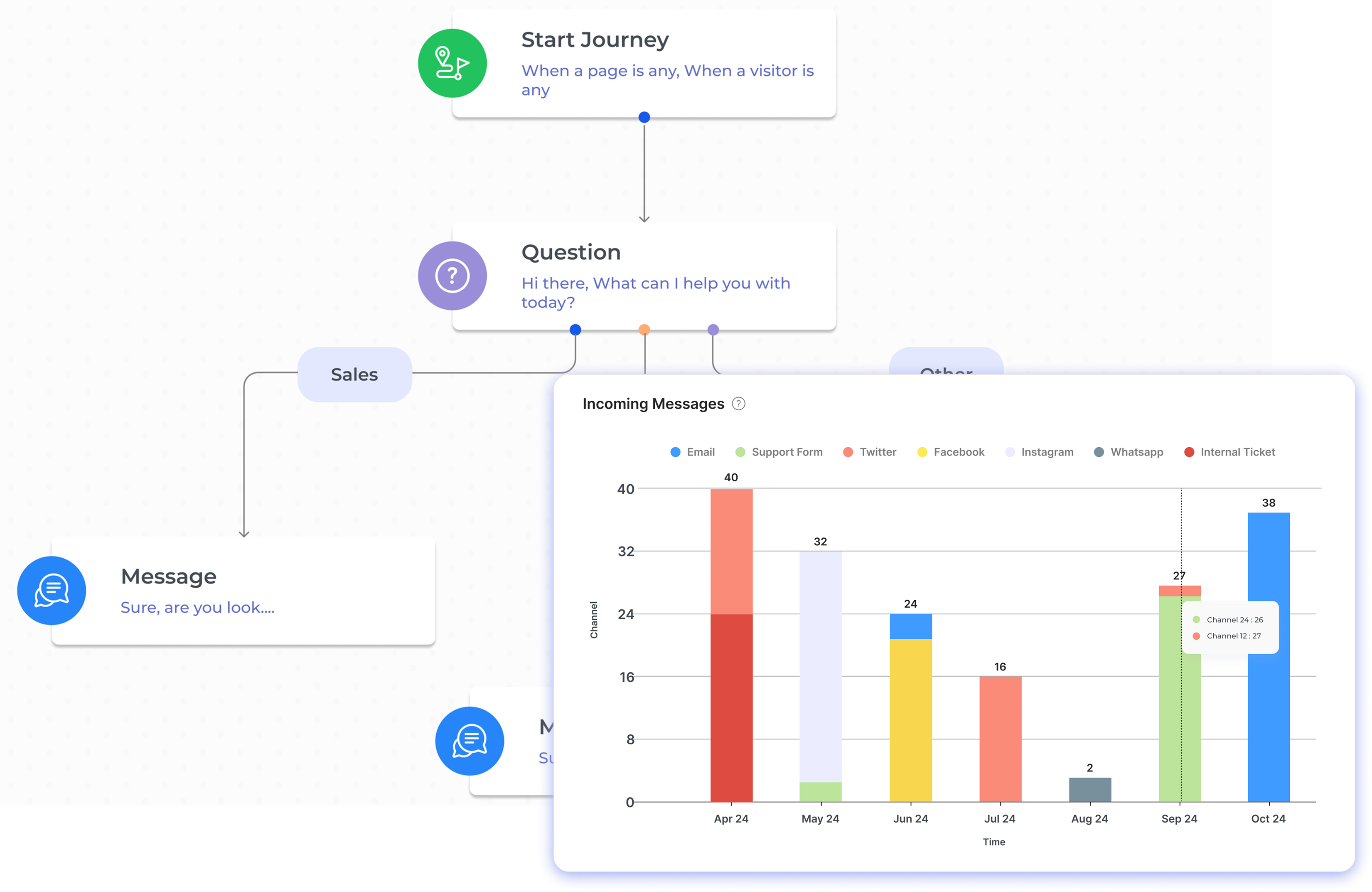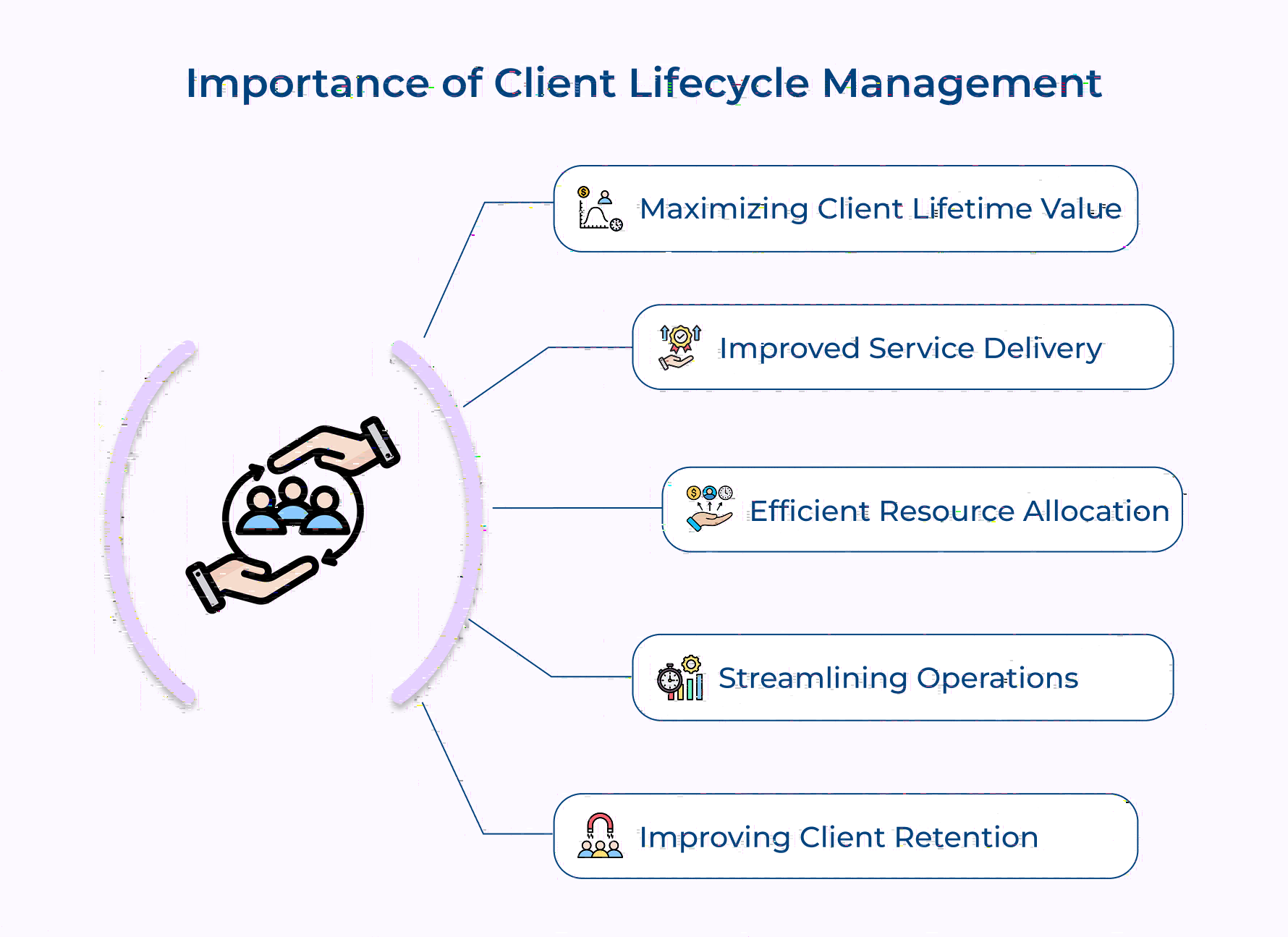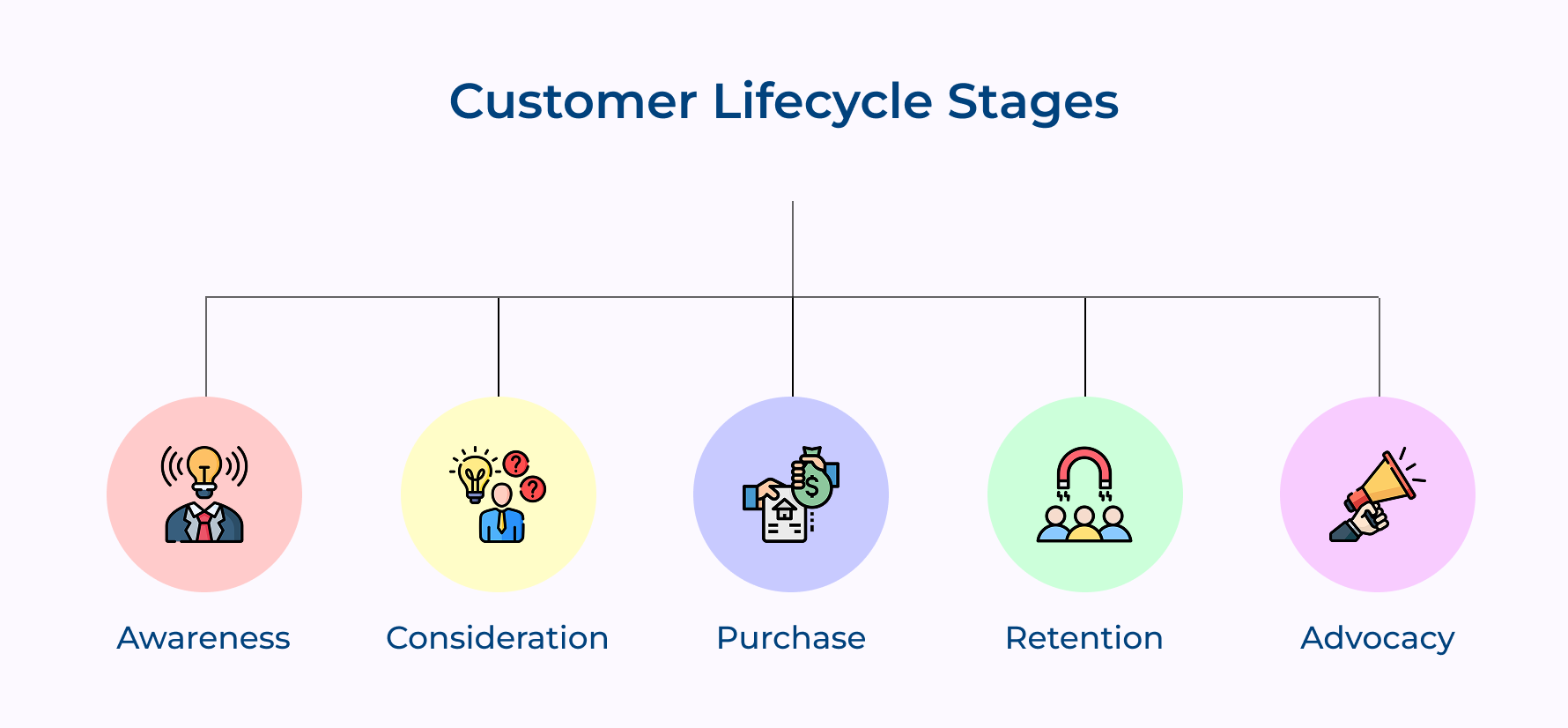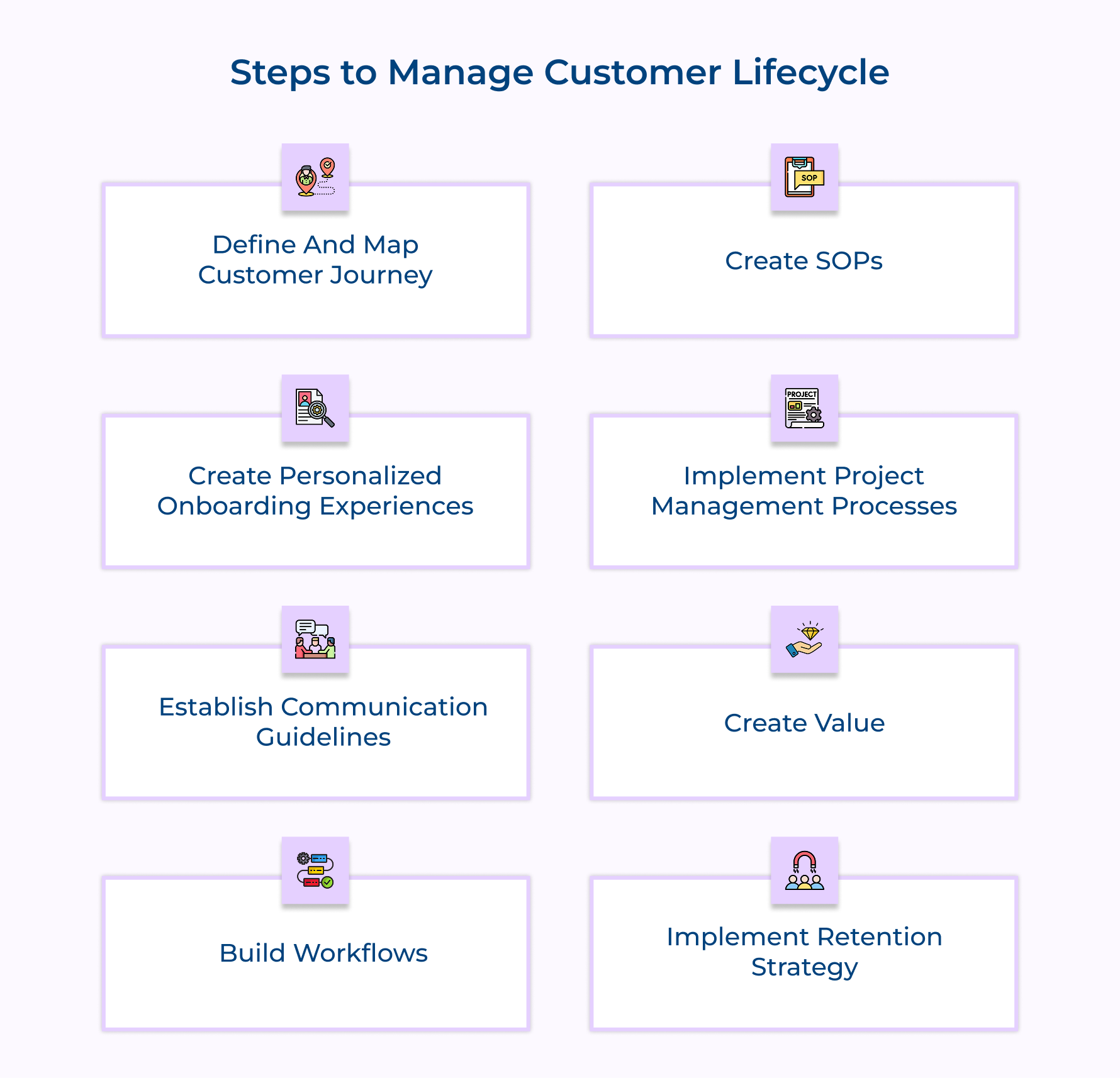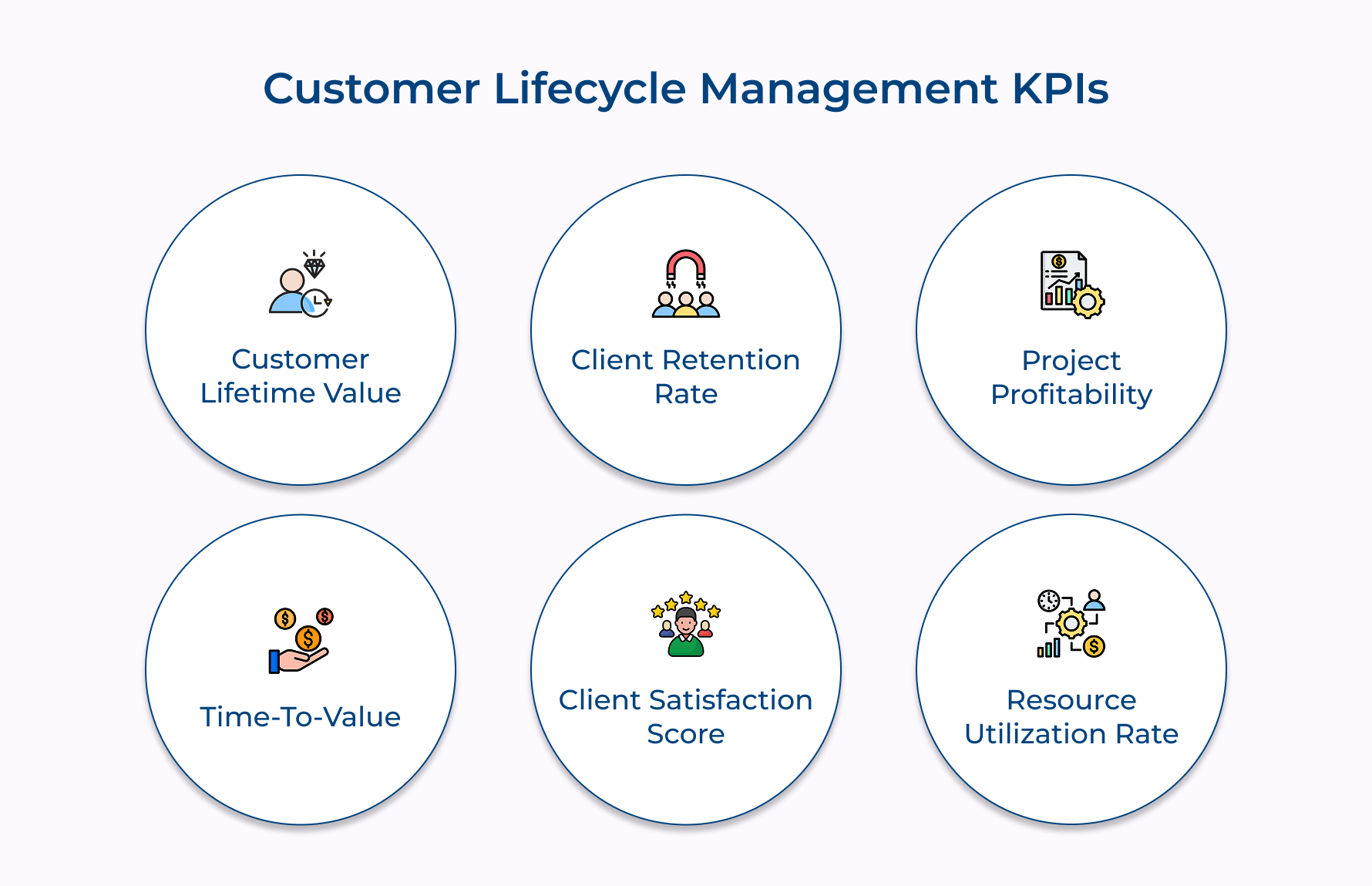1. Define and Map the Customer Journey
Mapping the customer journey provides a clear understanding of client interactions and experiences throughout their relationship with your firm. It helps identify key touchpoints, pain points, and opportunities for improvement, enabling you to deliver more personalized as well as effective services.
Use journey mapping to optimize service delivery, improve client satisfaction, and identify opportunities for upselling or cross-selling. It guides resource allocation and helps prioritize improvement initiatives.
Best practices:
- Involve cross-functional teams in the mapping process to gain diverse perspectives and ensure a comprehensive understanding of the client journey.
- Regularly refine the journey map based on client feedback and changing market conditions to keep it relevant.
2. Create SOPs to Standardize Deliverables
Standard Operating Procedures (SOPs) ensure consistency in service delivery, reduce errors, and improve efficiency. They help maintain quality standards across different team members and projects, leading to better client outcomes as well as increased profitability for the firm.
Implement SOPs for common processes and deliverables. Use them for training new team members, ensuring quality control, and streamlining project execution.
Best practices:
- Involve experienced team members in creating SOPs to capture best practices and ensure they’re practical and effective.
- Regularly update SOPs to incorporate new insights, technologies, and methodologies, keeping them relevant.
3. Create Personalized Onboarding Experiences
A personalized onboarding experience sets the tone for the entire client relationship. It helps clients feel valued, clarifies expectations, and establishes a strong foundation for collaboration. Effective onboarding can lead to higher client satisfaction and longer-term engagements.
Develop a tailored onboarding process as part of your overall client management process that introduces clients to your team, explains your workflow, and gathers crucial information about their needs as well as goals.
Best practices:
- Create a welcome package that includes key information, team introductions, and a clear outline of the next steps in the engagement.
- Schedule a kickoff meeting to align on project goals, timelines, and communication preferences, ensuring all stakeholders are on the same page.
4. Implement Robust Project Management Processes
Robust project management processes ensure efficient resource allocation, timely delivery of services, and clear communication with clients. They help maintain project profitability, manage client expectations, and deliver high-quality results consistently across different engagements.
Implement project management methodologies like Agile or Waterfall. Use project management software to track progress, manage resources, and facilitate collaboration among team members.
Best practices:
- Choose a project management methodology that aligns with your firm’s working style as well as client needs, and train your team thoroughly in its implementation.
- Regularly conduct project post-mortems to identify areas for improvement and share lessons learned across the organization.
5. Establish Client Communication Guidelines
Clear communication guidelines ensure that clients receive timely, relevant, and consistent information throughout their engagement. Effective communication is key to client satisfaction and retention. A client collaboration platform helps manage client expectations, reduce misunderstandings, and build stronger relationships.
Develop a communication plan that outlines frequency, channels, and responsible team members for different types of client interactions. Use it to guide all client communications.
Best practices:
- Tailor communication strategies to each client’s preferences and needs, considering factors like preferred channels as well as frequency of updates.
- Implement a system for tracking client interactions and feedback, ensuring that all team members have access to up-to-date client information.
6. Create Value at Every Touchpoint
Creating value at every touchpoint helps differentiate your firm, strengthen client relationships, and identify opportunities for growth. It ensures that clients consistently perceive the benefits of working with your firm, leading to higher satisfaction.
Identify key touchpoints in the client journey and develop strategies to add value at each point. This could include providing insights, offering additional services, or simply enhancing the client experience.
Best practices:
- Conduct regular client surveys or feedback sessions to understand what they value most and where they see opportunities for additional support.
- Empower team members to identify and act on opportunities to create value, encouraging a client-centric culture throughout the organization.
7. Build Workflows to Automate Processes
Automation streamlines repetitive tasks, reduces errors, and frees up time for high-value activities. It ensures consistency in service delivery, improves efficiency, and allows your team to focus on strategic thinking as well as client relationships rather than administrative tasks.
Implement workflow automation tools for tasks like invoicing, reporting, and client onboarding. Use CRM systems to automate follow-ups and marketing communications throughout the client lifecycle.
Best practices:
- Start by automating simple, repetitive tasks and gradually expand to more complex processes as you gain experience.
- Regularly review automated workflows to ensure they’re still effective and aligned with your evolving business needs.
8. Implement a Proactive Retention Strategy
A proactive retention strategy is crucial for maintaining long-term client relationships and reducing churn. It helps address potential issues before they escalate, demonstrates your commitment to client success, and can lead to increased client lifetime value.
Develop a system for regularly assessing client satisfaction, identifying at-risk clients, and proactively addressing concerns. Implement account health scores and conduct periodic relationship reviews to stay ahead of issues.
Best practices:
- Implement a system of regular check-ins along with satisfaction surveys to gather ongoing feedback from clients and identify areas for improvement.
- Develop a client success team or designate account managers responsible for proactively managing client relationships and identifying opportunities for growth.
